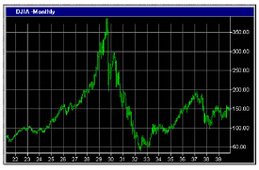Financial Planning
Many people believe that long term financial planning is only important for the wealthy, or that it’s a task best left for professionals, but in reality there are many steps that the average investor can take to solidify his financial future. The first step in the financial planning process is to determine net worth. An investor’s net worth will serve as a jumping off point to begin thinking about his financial future.
Net worth is simply the sum of an investor’s assets minus the sum of his debts. Assets include all of an investor’s assets including real estate, securities, valuables and cash. The value to use in the calculation is the amount that all of those items could be sold for at the present time. Debts include mortgages, car loans and credit card balances, and should be subtracted from the assets to determine net worth.
Once this financial snapshot is detailed, you can address your specific goals. Always remember to think about both assets and liabilities. It is always nice to acquire new assets, but if assets are appreciating more slowly than debt is growing, net worth is decreasing. It is important to strike a balance between building assets and managing debt.
The goal of financial planning, then, is simply to find ways to increase net worth at a steady pace. Saving money, allowing assets to appreciate, and paying down debt will all contribute to this goal. Incoming cash minus expenses will reveal how much money is available to an investor at the end of a given time period. If this value is negative, expenses are outpacing income, and the difference will have to be paid from savings, decreasing net worth. This is obviously dangerous because if the situation doesn’t change, eventually the reserves will run out. If income sufficiently outpaces expenses, it might be time to start contributing to net worth in earnest by acquiring assets and eliminating debt.

